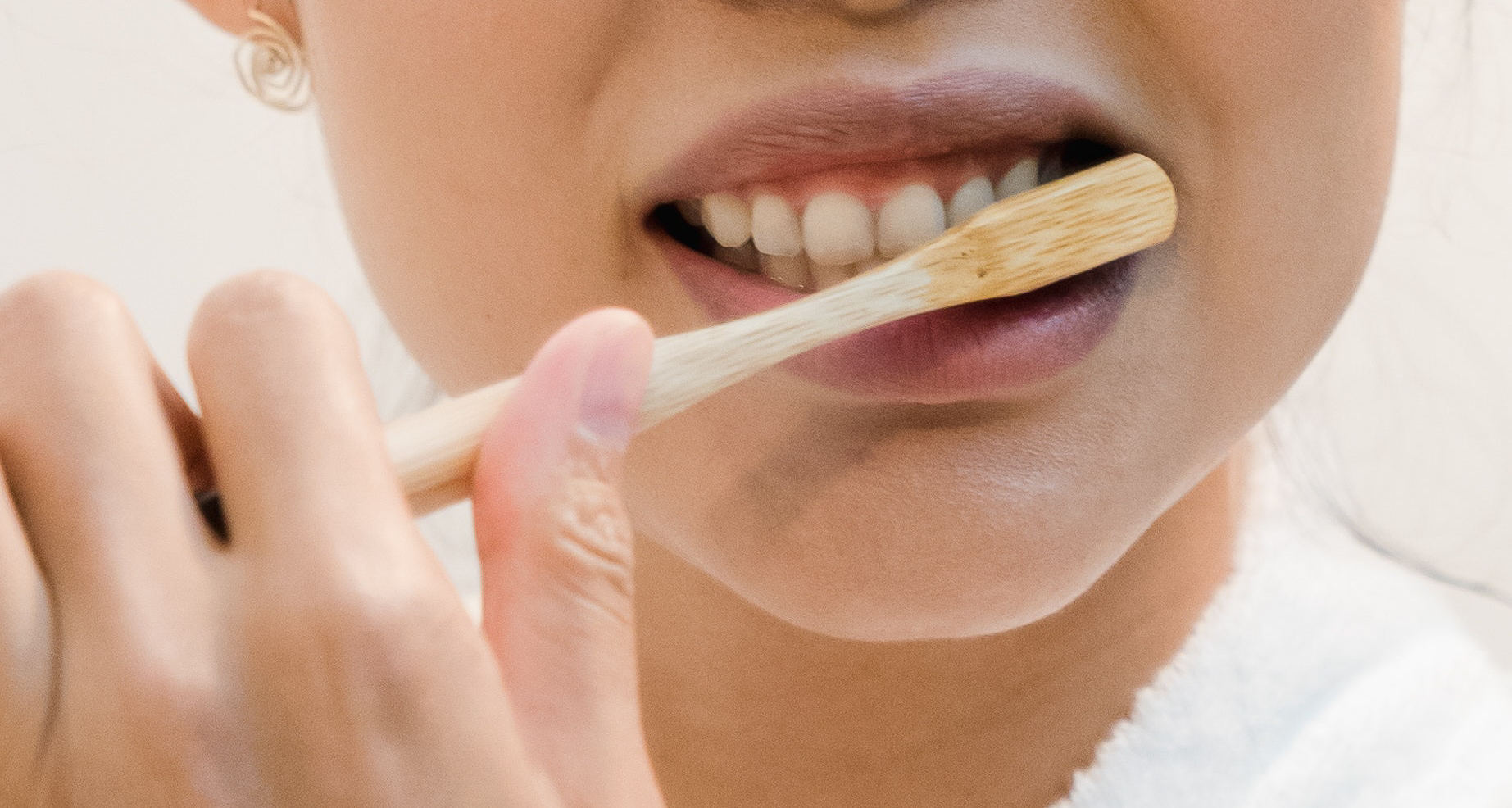Oral microbiome
Oral Microbiome III: A Mini-Course for Drawing up a Meal Plan to Support Your Oral Microbiome, Healthy Teeth and Gums
If, after reading the first and second articles, you asked yourself what the best food for a healthy...
Oral Microbiome II: 5 Groups of food to avoid
5 kinds of food to avoid if you want to have a happy oral microbiome What you will learn in t...
The Overlooked Oral Microbiome and Its Impact on Your Body
What you will learn in this article: Why you should definitely take an interest in the oral micro...



